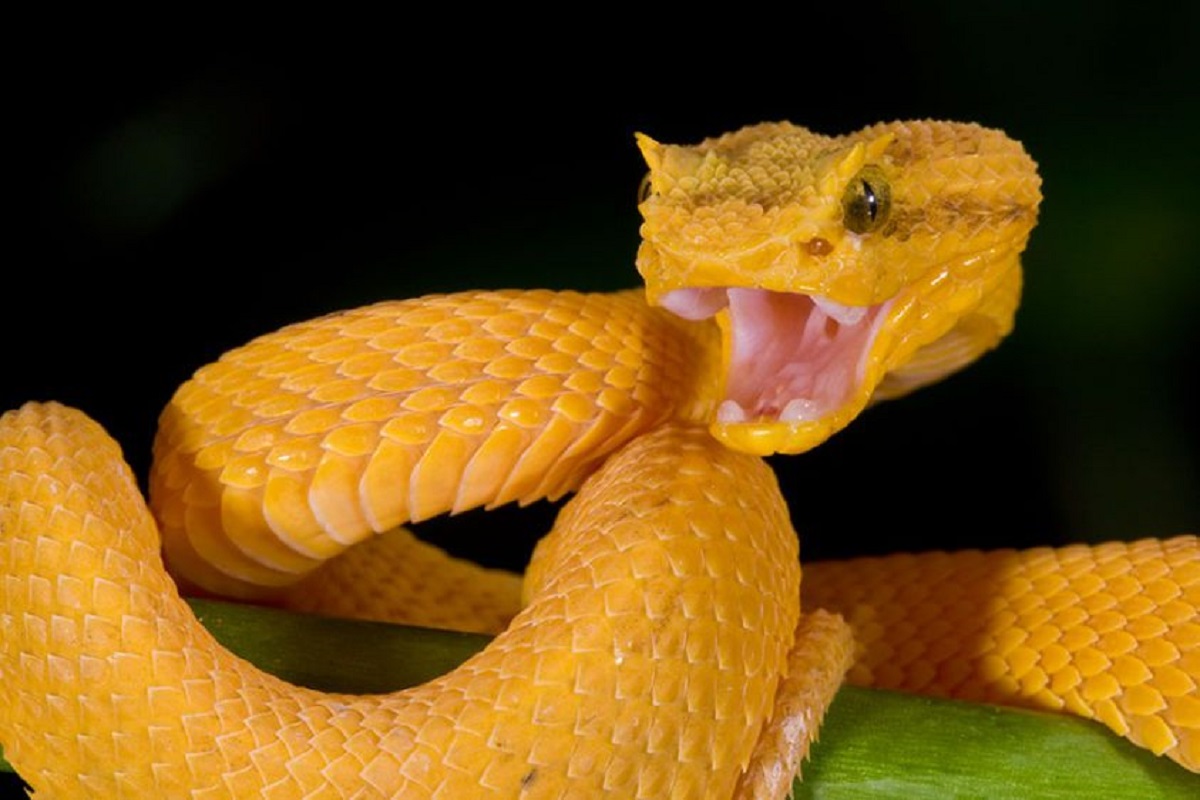In today’s digital age, children have easy access to online resources for learning, with YouTube channels becoming a popular choice. Many kids across the globe turn to YouTube to explore and understand various scientific concepts. However, amidst the wealth of educational content available, some misconceptions about science have found their way into these channels.

Today, we’ll discuss some of these scientific misconceptions and set the record straight. One prevalent myth suggests that pyramids could generate electricity. Another claim is that aliens have secretly communicated with Earth, a notion that lacks substantial evidence.
Numerous YouTube channels are dedicated to providing educational content and science-related explanations tailored for kids. While they aim to make learning enjoyable, some inadvertently perpetuate these misconceptions. The idea that pyramids once served as power plants requiring an energy source is one such example. Additionally, depictions of alien spaceships in various Renaissance films have fueled children’s beliefs in extraterrestrial encounters.
Teachers worldwide express concern about these issues, emphasizing to their students the importance of critical thinking. They encourage children not to accept information blindly but to delve deeper and verify claims through research. Unfortunately, misinformation on YouTube can have adverse effects.
Believing in scientific myths during childhood can be detrimental, as research indicates that kids are easily drawn to such content and may struggle to discern its validity.
One enduring myth is that the ancient pyramids had the potential to generate electricity. This idea often surfaces in discussions about ancient civilizations and their technological achievements. However, it’s important to clarify that this concept lacks scientific evidence.
The pyramids, such as the iconic ones in Egypt, were architectural marvels built for various purposes, including tombs for pharaohs and symbols of power. While they displayed incredible engineering prowess, attributing electricity generation to them is a leap without substantiated facts.
Another common misconception relates to the idea that aliens have communicated with people on Earth, and this knowledge has been deliberately kept secret. Although this notion has captured the imagination of many, it remains in the realm of speculation.
Claims of extraterrestrial encounters often involve anecdotal evidence and conspiracy theories. While the search for extraterrestrial life is a legitimate scientific endeavor, no concrete proof of such encounters has been presented to the scientific community.
The presence of scientific misconceptions highlights the responsibility that content creators, parents, and educators share in guiding children’s learning experiences.
The consequences of children believing in scientific myths can be profound. As they grow older, these misconceptions may persist and influence their understanding of the world. Developing a solid foundation in scientific literacy is essential, as it empowers young learners to engage with the world critically and analytically.










